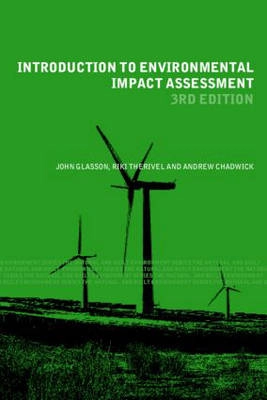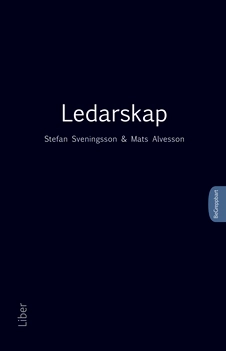A clearly structured overview of a key subject, this work provides the student with not only a complete introductory text but also a book to support further studies. Written by three authors with extensive research and practical experience in Environmental Impact Assessment (EIA), the treatment is up to date and brings together currently fragmented information from many sources.
EIA is now firmly on the agenda as a result of the introduction of legislation at both national and international levels, and is very much in tune with widespread and growing concern about environmental issues and the impact of development on the environment. First introduced in the USA in the 1970s, the application of EIA has been accelerated in Europe by the 1985 EC directive, which led to its introduction in the UK in 1988, since when it has been a major growth area in planning practice. The originally anticipated 20 environmental impact statements per annum have now grown to well over 300, for projects such as power stations, roads, new settlements, mineral extraction schemes, waste-disposal installations and toursism developments, and this is but the tip of the iceberg.
Based on highly successful courses at one of the leading schools of planning, this book should serve the need for an introduction to EIA that goes beyond first principles and is informed by a wealth of teaching, research and practical experience.
Students on undergraduate and postgraduate planning programmes should find it useful as a course text, as will students of environmental management/policy, environmental sciences/studies, geography and the built environment. Planners, developers and decision makers in government and business should also welcome the book as a very effective means of getting to grips with a key new subject which they must fully integrate with their other activities.
Åtkomstkoder och digitalt tilläggsmaterial garanteras inte med begagnade böcker





















